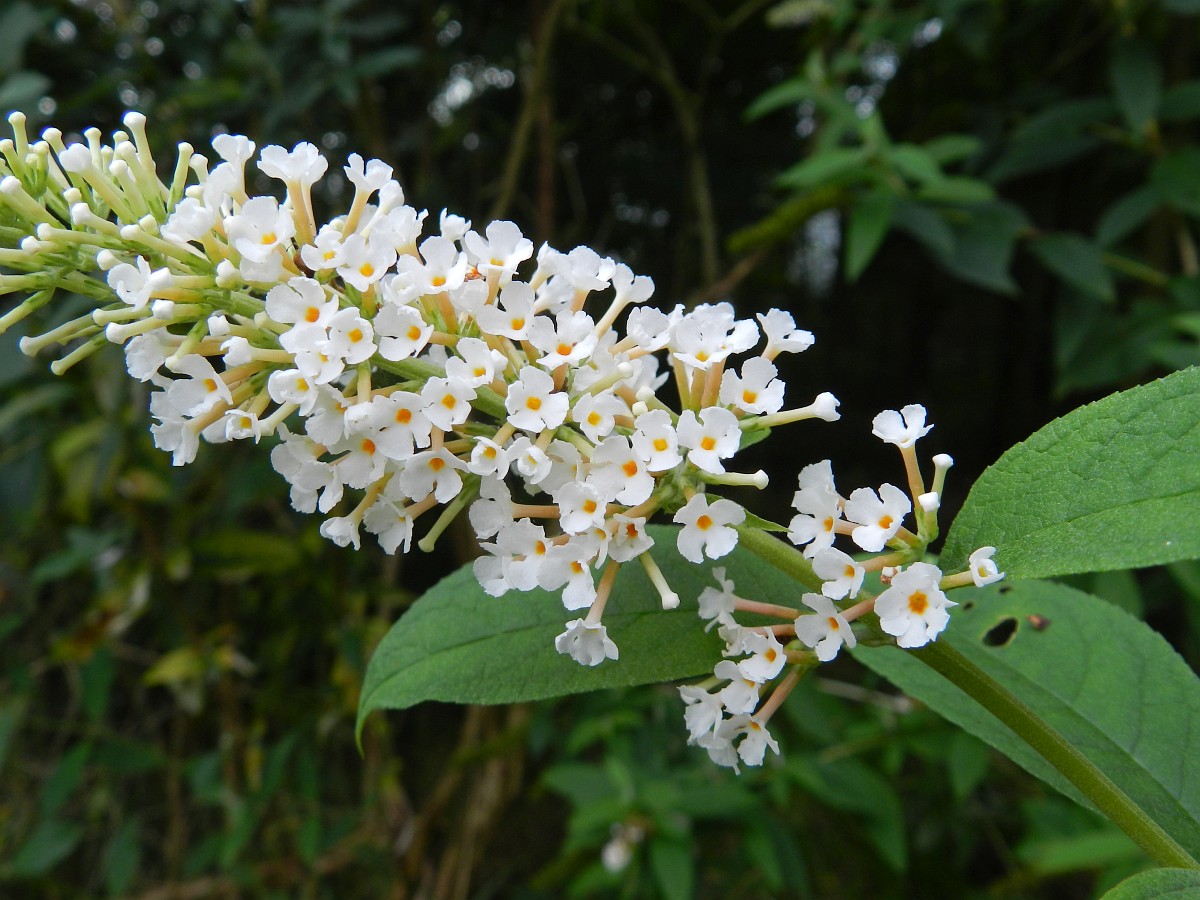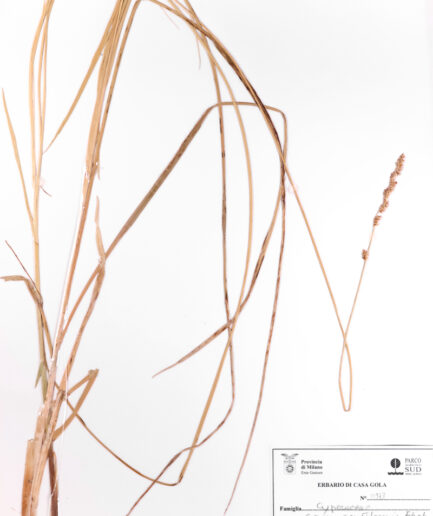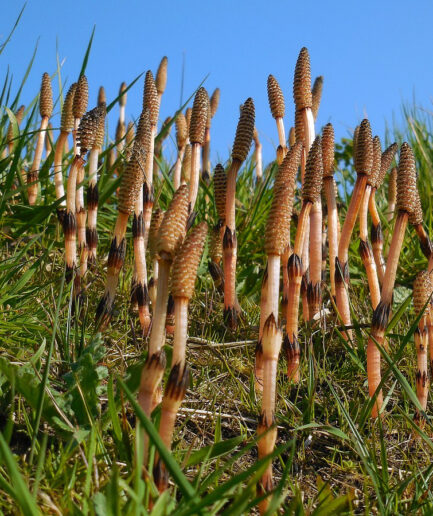Butterfly-bush
Scientific name: Buddleja davidii Franch.
Family: Scrophulariaceae
MORPHOLOGY
Habit and dimensions: Deciduous shrub or small tree that can reach up to 5 m in height.
Stem: Stem with young, quadrangular, and pubescent branches.
Leaves: Opposite leaves, petiolate, but upper ones sessile, with linear stipules, ovate-lanceolate, sometimes wrinkled, and dentate margin, with the upper surface glabrous while the lower surface is pubescent and grayish-white, equipped with stipules.
Flowers: Hermaphroditic, actinomorphic, fragrant flowers, very numerous, gathered in dense apical or axillary pendulous or erect panicles, cylindrical, 20-50 cm long. Linear, hairy bracts. Each flower borne on a short peduncle, can have colors ranging from pink to dark purple, and from white to lilac. Blooms between May and September.
Fruits and seeds: The fruit is a septicidal capsule that generally remains wrapped in the persistent calyx and corolla, containing numerous fusiform and winged seeds.
DISTRIBUTION AND HABITAT
Non-native species widespread throughout Italy except in Calabria and Basilicata. It grows from 0 to over 1,300 m on cliffs and uncultivated areas, floodplains, riverbanks, lakesides, forest clearings, railway embankments.
USE
Due to the color of its flowers, their delicate fragrance that attracts butterflies, and its resistance to cold and dry conditions, it is often used to adorn parks and gardens.
INTERESTING FACTS
Native to China, it was imported to Europe in 1893. Cultivated in gardens and parks, it soon escaped cultivation and is becoming an invasive plant. It easily adapts to various types of soil, preferring limestone, tolerates frost, withstanding temperatures down to -15°C, has rapid growth, numerous underground stolons, and abundant seed production (up to 3 million per plant) that wind can carry far away. It attracts butterflies, hence it is also called the “Butterfly Bush.”
Photo: Used under free license from Saxifraga, Rutger Barendse, Jan van der Straaten























